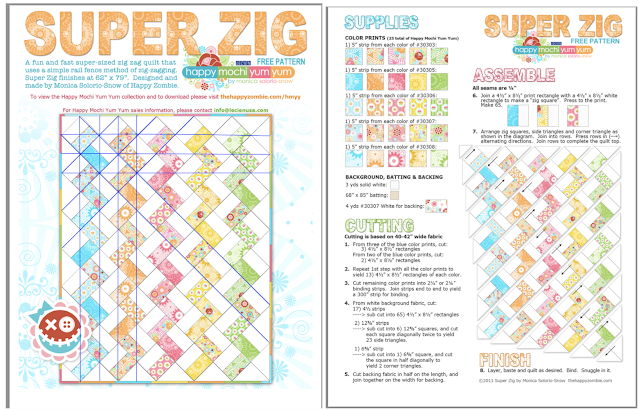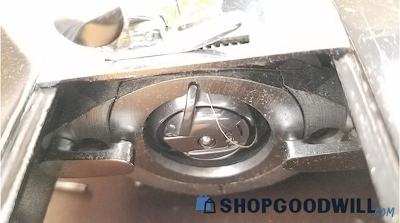Continued from The Reluctant Quilter Part I - Piecing the Top
It doesn't take long to figure out one thing about quilting - piecing the top is the "fun" part. Well, "fun" if you enjoy cutting out dozens (or hundreds!) of tiny pieces to exact precision, then sewing them together with 1/4" seams to exact precision.
But it is "fun" and comparatively easy since you are working on small sections at a time.
Then comes the WORK. I watched a number of videos about quilt basting methods and finally decided to pin it on the carpeted floor (no pool noodles, ping pong tables, quilting frames or basting spray for me.)
I pinned the backing onto the carpet with T-pins rather than taping it to a hardwood floor
Then the quilt top. I used 200 safety pins to baste it. It actually wasn't as bad as I imagined.

On to the quilting itself. THIS is the challenge. Yes, I know at this point you can take it to a quilt shop and they will quilt it on a long arm machine with beautiful fancy patterns. But 1. that is costly, and 2. the whole point of making a quilt is making it myself.
This is the first of what will be MANY lines of stitching. I am lucky enough to have a SHS walking foot for my favorite Kenmore 1760, and so off I go.
I used a three-step zigzag stitch to make vertical and horizontal lines across all the squares which are set on the diagonal. Then I came back and did a straight stitch in the ditch along the diagonal row seams.Yeah, I know you need to roll up the quilt so it goes through the machine more easily, but I got tired of rerolling it every time I started a new line. Too bad I didn't know about THIS product until after I was finished!
Here's how it looks front and back, almost the same. 2-1/2" binding strips, and I sewed with a 3/8" seam


PS... This quilt has been Kitty Approved

















































